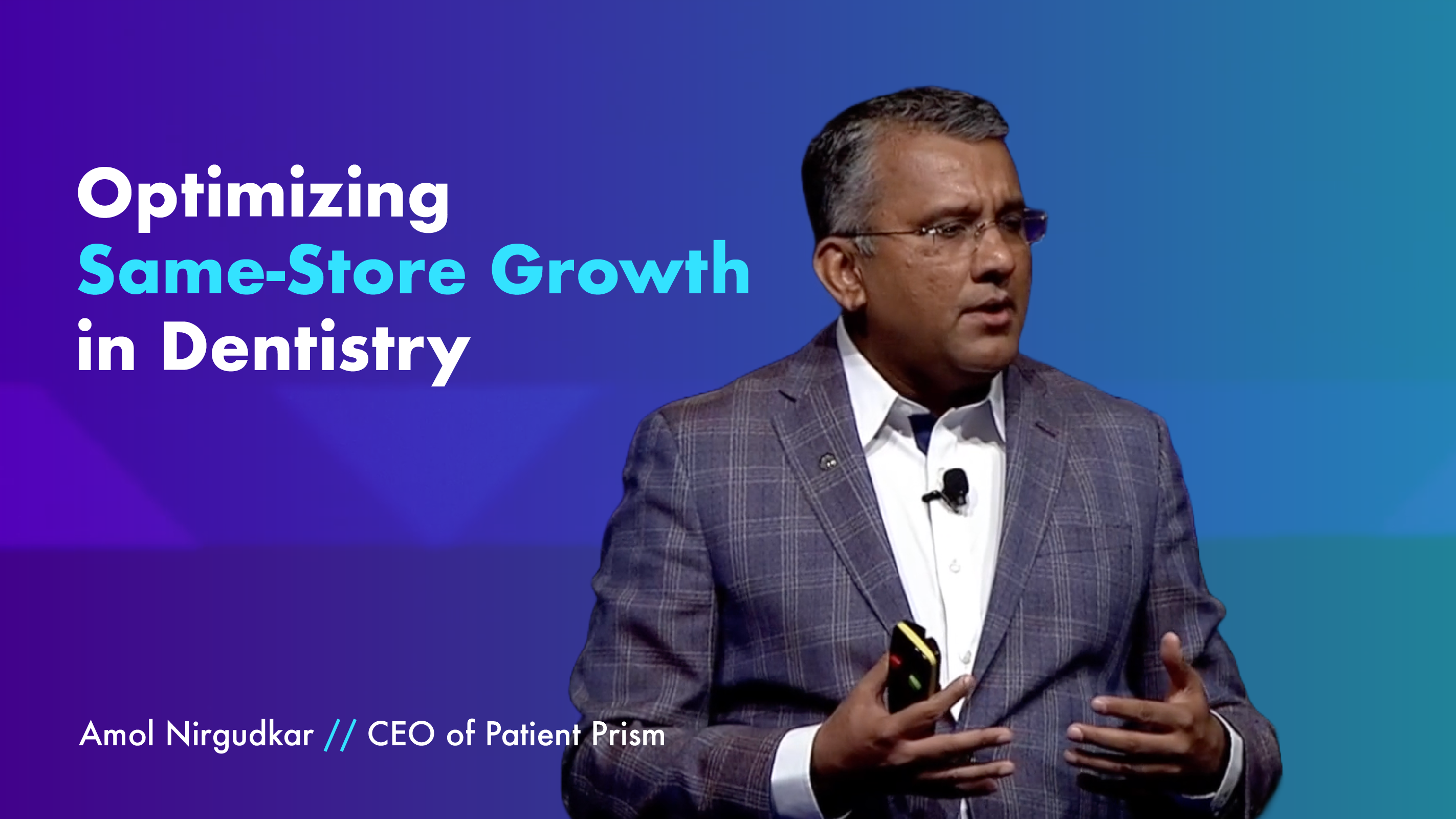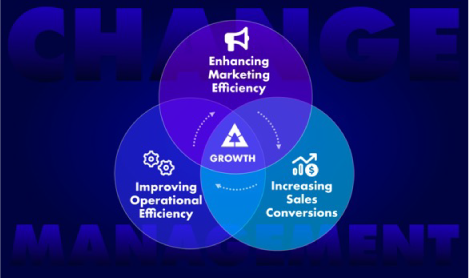Veterinarians and Conversational AI. The veterinary medicine landscape is dramatically shifting towards non-surgical treatments, propelled by significant advancements in diagnostics and therapeutic technologies. These innovations offer less invasive options for pet care, emphasizing the crucial role of preventative healthcare practices. Within this dynamic environment, conversational AI stands out as a key enhancer in the delivery and management of non-surgical veterinary services.
Veterinarians and Conversational AI Trends in Non-Surgical Treatments
Veterinary care is increasingly favoring non-surgical interventions, encompassing a variety of services from advanced diagnostics to therapeutic treatments such as physiotherapy, acupuncture, and medical management of chronic diseases. State-of-the-art imaging technologies like ultrasound and digital X-rays now enable veterinarians to deliver accurate diagnoses without resorting to invasive procedures. Moreover, the rise of telemedicine facilitates the remote management of chronic conditions and post-operative care, offering convenience to pet owners and reducing stress for the animals.
These trends not only elevate the quality of care provided but also meet the growing pet owner demand for more humane and less invasive treatment alternatives for their beloved animals.
Role of Conversational AI in Enhancing Non-Surgical Treatments
Veterinarians and Conversational AI can greatly influence the efficiency and effectiveness of non-surgical veterinary practices in several key areas:
- Client Education and Engagement: AI-driven chatbots can equip pet owners with essential information about non-surgical treatment options, enabling informed decision-making regarding their pets’ health. This includes detailed procedure explanations, potential outcomes, and post-treatment care instructions.
- Symptom Assessment and Preliminary Diagnostics: Through natural language processing, AI systems can evaluate symptoms described by pet owners and recommend appropriate non-surgical interventions. This initial assessment helps guide owners on whether immediate veterinary care is necessary or if they should monitor their pets’ conditions at home.
- Appointment Scheduling and Follow-ups: AI efficiently handles booking appointments and sending reminders for follow-up treatments, crucial for managing chronic conditions requiring continuous care.
- Personalized Treatment Recommendations: Leveraging historical health data and ongoing assessments, AI can tailor treatment plans to individual pets, suggesting therapy or medication adjustments as needed.
- Feedback Collection and Outcome Monitoring: Conversational AI can systematically gather feedback from pet owners about treatment effectiveness and overall pet health. This feedback is invaluable for veterinarians to monitor outcomes and refine treatment protocols.
Non-surgical treatments are becoming a dominant trend in veterinary medicine, aligning with broader movements towards more personalized and humane care. Conversational AI bridges the gap between advanced veterinary capabilities and enhanced client service, facilitating better communication, education, and treatment management. As veterinary practices increasingly adopt these technologies, they can anticipate not only improved patient outcomes but also greater operational efficiency and client satisfaction.















 A few minutes can change everything.
A few minutes can change everything.